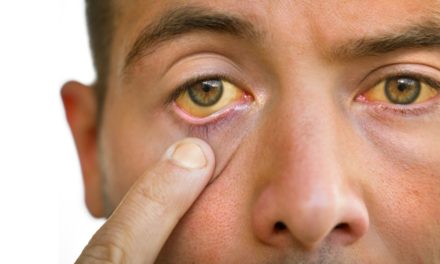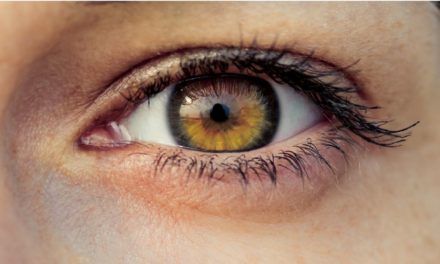Introduction:
The eyes are the window to the world that allows us to experience the beauty around us. However, a common eye disorder known as cataracts can cloud this view, affecting millions of people worldwide. In this article, we will review cataracts, their causes, symptoms, treatment options, and the importance of timely intervention.
I. What are cataracts?
Cataract Definition: A cataract is a condition characterized by clouding of the eye’s natural lens, which is located behind the iris and the bridge.
Explain how the lens works to focus light on the retina for clear vision.
Mention how cataracts develop slowly and affect vision.
II Cataract Types:
A. Age-related cataracts:
The most common type, usually occurs with age.
Discuss how proteins in the lens break down, causing clouds.
Mention the progression and effects on vision.
B. Congenital cataract:
Present at birth or develop during childhood.
Highlight possible causes such as genetics or infection during pregnancy.
Discuss the importance of early detection and treatment.
C. Traumatic cataract:
Due to eye injury or trauma.
Mention how urgent medical attention is necessary in these cases.
D. Secondary cataract:
Other health conditions or may develop as a result of eye surgery.
Explain how certain drugs, such as steroids, can contribute to their development.
III Risk Factors:
Age as the most important risk factor for cataracts.
Other factors, such as family history and excessive UV exposure, increase the chance of developing cataracts.
Lifestyle choices such as smoking and poor nutrition can contribute to the formation of cataracts.
IV Cataract Symptoms:
A gradual decrease in clarity of vision.
Blurred or cloudy vision.
Sensitivity to light and glare.
Difficulty seeing at night.
Double vision in one eye.
V. Diagnosis and Screening:
The importance of regular eye exams, especially for people over 40.
Use of comprehensive eye tests, including visual acuity tests and dilated eye exams, to detect cataracts.
VI Treatment Options:
A. Non-Surgical Methods:
Discuss ways to manage early-stage cataracts with prescription glasses or contact lenses.
The importance of adequate lighting and the use of anti-glare sunscreen.
B. Surgical treatment:
When significant visual impairment necessitates surgery.
Describe cataract removal procedures (phacoemulsification) and intraocular lens (IOL) insertion.
Advances in surgical techniques, such as laser-assisted cataract surgery.
C. Recovery and Outcomes:
Expected recovery time after cataract surgery.
Positive results and improved vision.
Address common concerns and potential complications.
VII Prevention:
Emphasize lifestyle changes (eg, quitting smoking, wearing glasses, maintaining a healthy diet) to reduce the risk of cataracts.
Encourage regular eye checkups and early intervention when cataracts are detected.
Result:
Cataracts can be a difficult obstacle to clear vision, but with timely detection and appropriate treatment, people can regain their visual clarity and enjoy life to the fullest. Raising awareness about cataracts and promoting eye health is vital to ensure a bright future for those affected by the eye disease. Remember to consult an eye care professional for personalized advice and treatment options.










